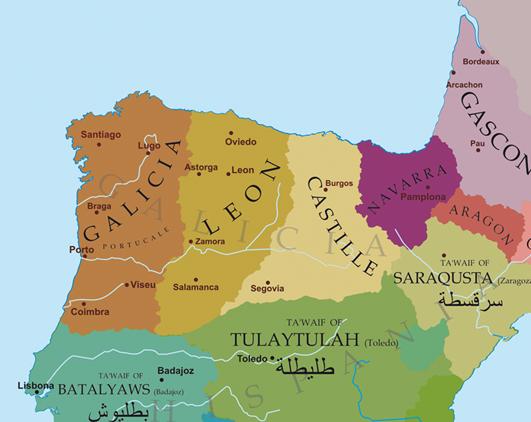http://mousquetstomahawks.blogspot.com/2013/03/une-surprise-surprise.html
Titled Varjazi & Basileus, this expansion will contain the Byzantine faction (from Wargames Illustrated 301), the Pagan Rus and the Rus Princes. New Swords for Hire units will be released including Steppe Nomads, Wandering Bard and Vengeful Monks.
Without further hints or details, it sounds like the Pagan Rus could be the mostly Slav or Finno-Ugric people of Russia's forests and the Rus Princes will be the Viking traders who built the cities of Kiev and Novgorod, then mixing into the mostly Slavic population. Steppe nomads such as the Khazars, Cumans and Pechenegs were rivals of the Rus for control of the pasture lands south of Russia's forest belts. Some of these provided their skills to the Rus Princes for a price, and influenced the development of the Druzhina, Russia's noble cavalry.
Wandering Bard and Vengeful Monk mercenaries sound interesting but no details are offered. It could be some type of outlaw/rogue addition to a warband, or an ability to provide benefits to including musicians or priests in your warband.
http://seakingsaga.blogspot.com/2012/09/musicians-and-priests-house-rules.html
Figure Sources
Sourcing figures for the first SAGA factions was not a difficult task. Normans, Saxons and Vikings are thick on the ground in the miniature world, available in a variety of prices and quality, as well as in metal and plastic. For the more Easternly factions, there are fewer options but it should not troublesome to acquire few units of Rus are Steppe Nomads.
Gripping Beast - probably the best early Rus figures available, and very close to their Jomsviking line. In fact, anyone with Jomsvikings already can probably use them as Rus hearthguard.
Magister Militum - the sculpting quality of Magister's Rus is not as sharp as Gripping Beasts, but their nicely priced Rus line includes spearmen and levy archers.

Acquiring Steppe Nomads before the game's arrival might be chancey. What sort of abilities, armor and weapons will the rules account for? Essex has some of the most varied Asiatic figures, and since they sell by the figure, one could put together an appropriately mixed group of mercenary horsemen. Old Glory also has some packs of Asiatics, including this set of Pechenegs:

The announcement also says that this release will mark the end of their Viking age products. Looking forward, Mike Hobbs' Twitter feed less than cryptically adds "on to Jerusalem." Time to buy some Fireforge plastics.






















